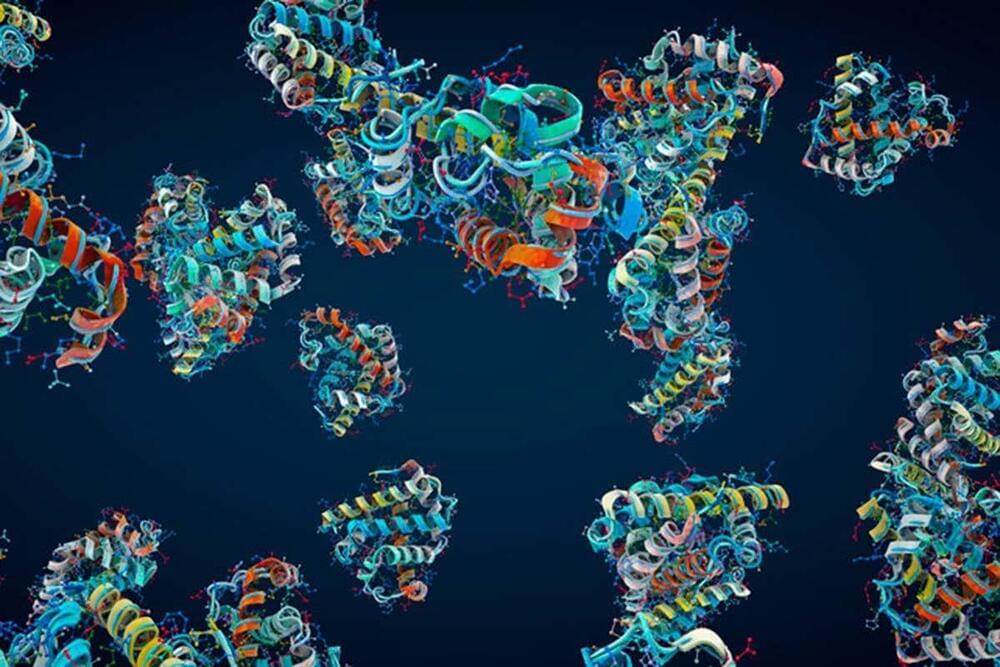The AI, called ProGen, works in a similar way to AIs that can generate text. ProGen learned how to generate new proteins by learning the grammar of how amino acids combine to form 280 million existing proteins. Instead of the researchers choosing a topic for the AI to write about, they could specify a group of similar proteins for it to focus on. In this case, they chose a group of proteins with antimicrobial activity.
The researchers programmed checks into the AI’s process so it wouldn’t produce amino acid “gibberish”, but they also tested a sample of the AI-proposed molecules in real cells. Of the 100 molecules they physically created, 66 participated in chemical reactions similar to those of natural proteins that destroy bacteria in egg whites and saliva. This suggested that these new proteins could also kill bacteria.
The researchers selected the five proteins with the most intense reactions and added them to a sample of Escherichia coli bacteria. Two of the proteins destroyed the bacteria.






